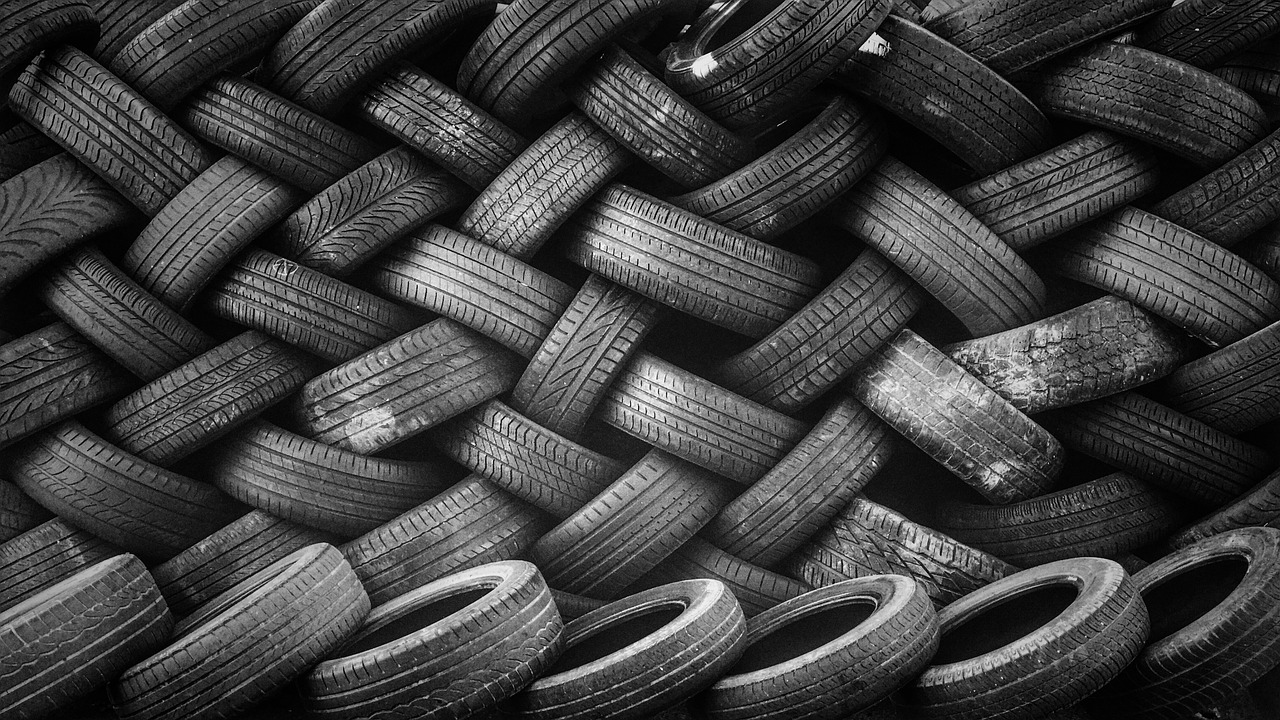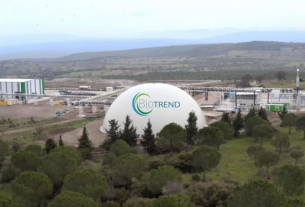Japan – Bridgestone Corporation is working with other companies to find ways to recycle used tires into isoprene, a raw material for making synthetic rubber.
The project is being developed with the help from AIST, Tohoku University, ENEOS Corporation, and JGC Holdings Corporation. Bridgestone is combining the skills and technology of top companies and universities to come up with new recycling technologies that will help make the world a better place. By 2030, Bridgestone wants to show people how these technologies can be used in the real world.
There is going to be more demand for tires in the future because there are going to be more cars and more transportation. Synthetic rubber is one of the main materials used to make tires, and it is usually made with petroleum today. In Japan, used tires are also used as fuel, mostly through thermal recovery technologies. A lot of people think things like resource depletion and climate change caused by more CO2 emissions will happen in the future.
Chemical recycling
Bridgestone has teamed up with AIST, Tohoku University, ENEOS, and JGC Holdings to start a co-creative program for developing chemical recycling technologies for used tires that combines the expertise and technologies of companies and academic institutions. This way, they can keep making tires that are more environmentally friendly. In this way, Bridgestone and its partners are working to help the tire and rubber industry and the petroleum and petrochemical industry reuse more resources and be carbon neutral across their value chains.
The R&D program will help people use high-yield technology to make isoprene by breaking down used tires with a special catalyst. AIST, Tohoku University, and ENEOS will work on the development of chemical recycling technologies for used tires and the evaluation technologies that go with them. JGC Holdings will be in charge of building pilot plants. Bridgestone is the project leader and will play a big part in the project. It will use its rubber R&D resources and know-how in the tire and rubber industry to help guide demonstrations for social implementation.
Carbon neutral
The New Energy and Industrial Technology Development Organization (NEDO) of Japan is running a project called “Developing chemical product manufacturing technologies based on used tires.” This project is one of two R&D projects that are part of the “Green Innovation Fund” of NEDO. It aims to find ways to recycle used tires to get high-yield production by breaking down at low temperatures and breaking down polymers.
It was decided that the Green Innovation Fund would help Japan reach its goal of being carbon neutral by 2050, which is part of the country’s long-term sustainability plan. The plan wants to speed up structural change in the energy and industry sectors and innovation by investing in big projects. The Green Innovation Fund keeps supporting businesses and other groups that are working on ways to make the world a better place as part of their business. This includes research and development (R&D), demonstrations, and social implementation of the results for the next 10 years, as well as other steps.
Through this program, AIST, Tohoku University, ENEOS, JGC Holdings, and Bridgestone want to help more synthetic rubber be recycled and make the tire and rubber and petroleum and petrochemical industries carbon neutral. They also want to help make the world a better place.




